- Home
- Hydraulics
- Hydraulic Tools
.....Read More

Hydraulic Bar Cutters
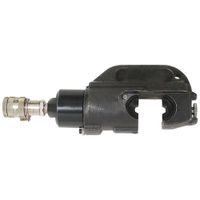
Hydraulic Cable Crimping Heads
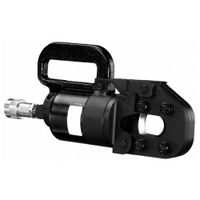
Hydraulic Cable Cutters

Hydraulic Chain Saws & Pruners

Hydraulic Impact Hammer Drills
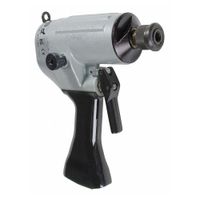
Hydraulic Impact Wrenches & Nut Runners

Hydraulic Paving Breakers
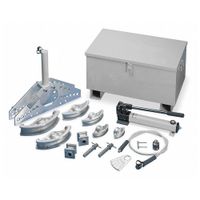
Hydraulic Pipe Benders
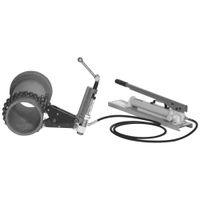
Hydraulic Pipe Cutters & Accessories

Hydraulic Sign Post Drivers
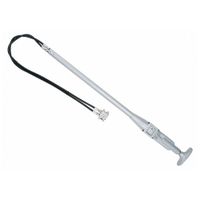
Hydraulic Tampers

Hydraulic Torque Wrenches

Hydraulic Valve Exercisers

Replacement Blades & Heads for Hydraulic Cable Cutters
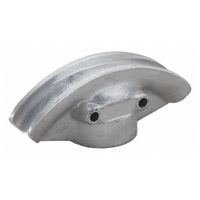
Shoes & Frame Assemblies for Hydraulic Pipe Benders
Frequently Asked Questions
What are hydraulic tools and how do they work?
What are the advantages of using hydraulic tools over air or electric tools?
How do you maintain and care for hydraulic tools?
What safety precautions should be taken when using hydraulic tools?
How do you choose the right hydraulic tool for a specific job?
What are the common applications of hydraulic torque wrenches?
How do you properly use a hydraulic cable cutter?
What is the difference between hydraulic and manual pipe benders?
How do you troubleshoot common issues with hydraulic impact wrenches?
What are the best practices for using hydraulic paving breakers?